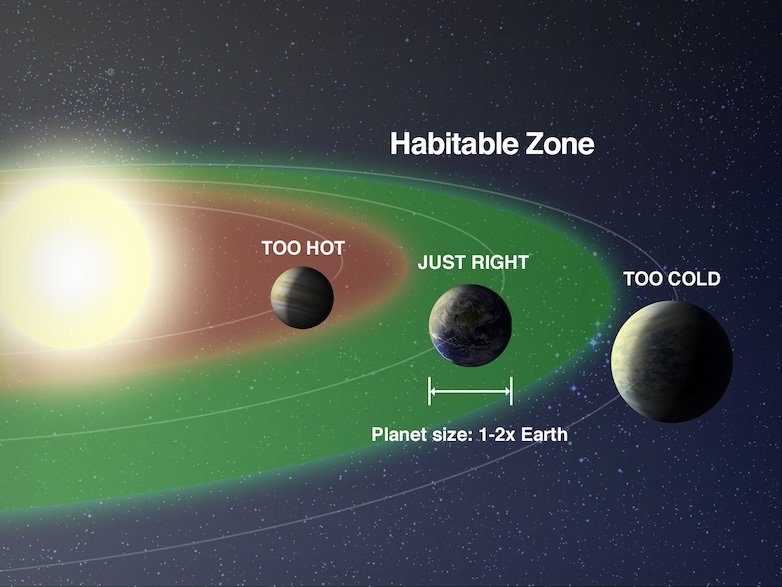NASA shares stunning IMAGE of Earth-sized planet that could harbor alien life

What a habitable, alien world would look like is one of the questions that has fascinated people for decades. Now NASA has shared an image of an Earth-like planet that has many of the characteristics needed to sustain life.
Astronomers searching for life in the universe have focused on alien worlds with conditions similar to Earth. The planet Proxima b, in the nearby Proxima Centauri system, has been singled out as a candidate that could harbor life as we know it.
The red dwarf star Proxima Centauri is the closest star to the solar system and Proxima b sits comfortably in its so-called Goldilocks zone, where conditions are not too hot or cold but just right to allow water to exist on its surface and make the planet habitable.

NASA shared a fascinating artist’s concept of what the surface of the planet likely looks like this week. The stunning landscape shows a rocky outcrop reaching far into the distance. The golden orb of Proxima Centauri can be seen hovering above the planet on the horizon.
Proxima b was discovered as recently as 2016 and all observations have agreed that it may be habitable. “The exoplanet is at a distance from its star that allows temperatures mild enough for liquid water to pool on its surface,” NASA explained.
Also on rt.com Just when you thought 2020 couldn't get more crazy! Russian cosmonaut films five apparent UFOs flying over southern hemisphereDespite this positive prognosis, experts have warned of the potential presence of life-quenching stellar flares. “This thing is being bombarded by a fair amount of high-energy radiation,” explained Scott Gaudi, a professor of astronomy at Ohio State University. “It’s not obvious if it’s going to have a magnetic field strong enough to prevent its whole atmosphere from getting blown away.”
While Proxima b may orbit the star closest to our solar system. It’s still approximately 4.2 light-years from Earth, meaning we’re extremely unlikely to have the technology to reach it any time soon. We’ll just have to make do with the artist’s concept for now.
Like this story? Share it with a friend!














